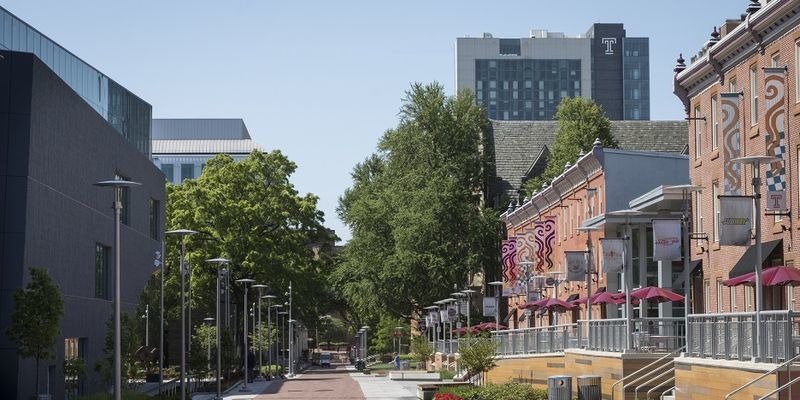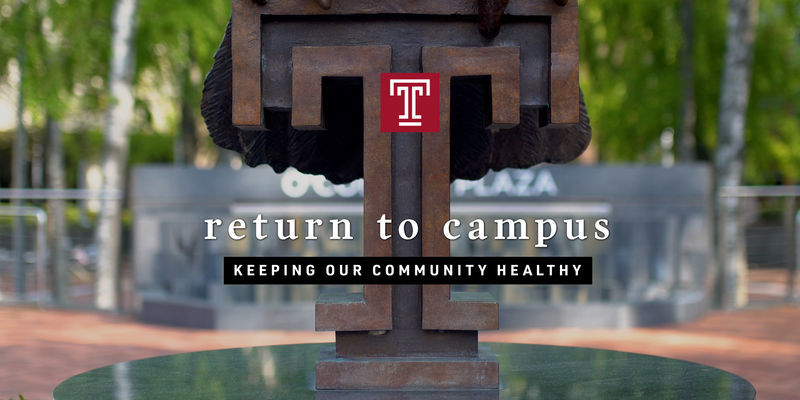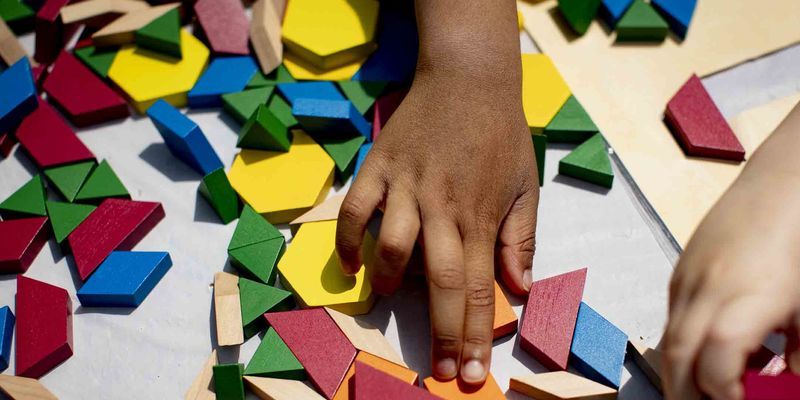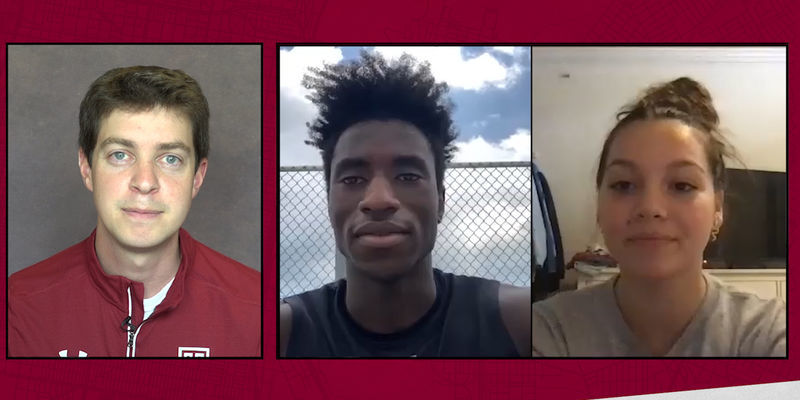Summer II pilot program earns high marks
The program served as a test run for the university’s fall COVID-19 return-to-campus procedures and preparedness.
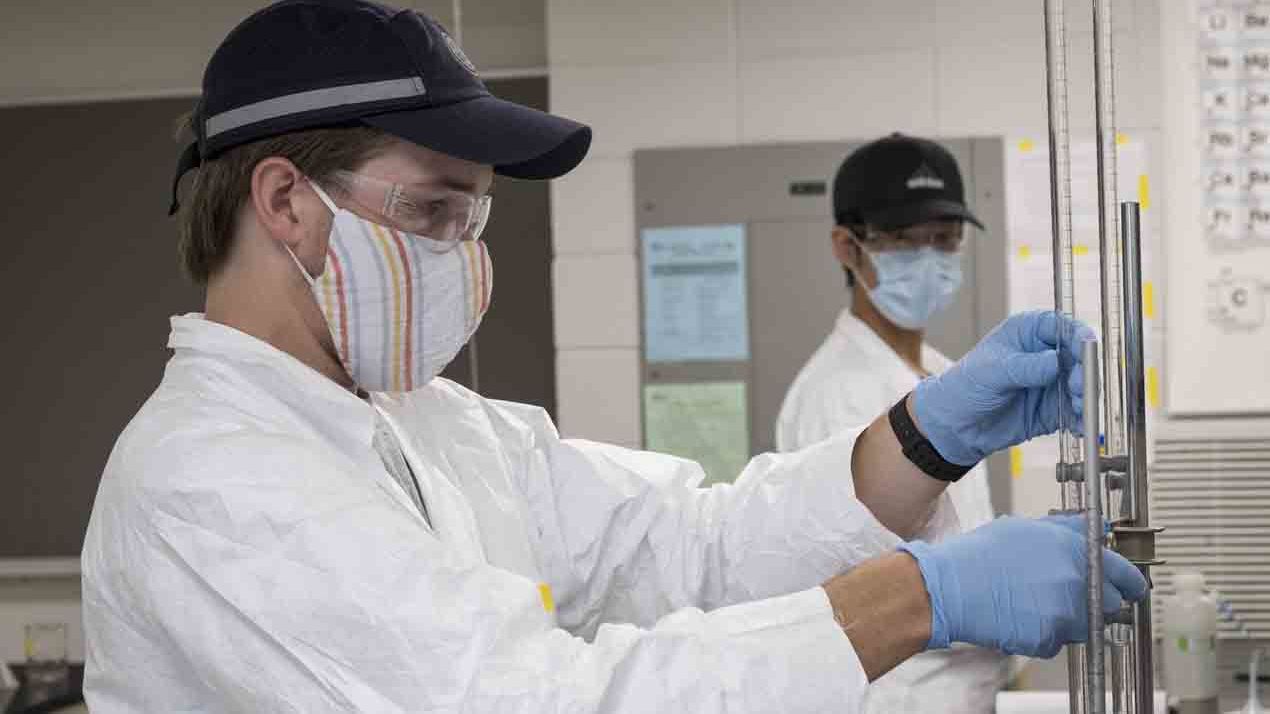
This summer approximately 200 undergraduate and graduate students had the opportunity to meet in person for classes on Main Campus. It was all part of a pilot program designed to assess and gather feedback on the university’s readiness to return to on-campus instruction this fall.
The courses included as part of the pilot were selected because they incorporated components deemed essential for face-to-face instruction.
The program gave students and faculty the chance to be back in the classroom and experience a hybrid course delivery format—an option that will be available this fall—and new classroom layouts that incorporate safe physical distancing. They were also able to test Temple’s other return-to-campus protocols, such as those for entering and exiting buildings and using face coverings.
“The pilot was an opportunity to see all of our planning put into practice,” said Jodi Levine Laufgraben, vice provost for academic affairs, assessment and institutional research.
Members of the COVID-19 Steering Committee and representatives from key operational areas completed two full walkthroughs of the selected buildings and classrooms before the session started to ensure everything adhered to the university’s return-to-campus protocols and public health guidelines. Directional signs were posted, workstations were properly spaced, processes for cleaning and disinfecting were established, and students and faculty were encouraged to adhere to the four pillars of public health.
“It’s one thing to talk about how far apart desks are, but when you walk into a classroom and you see the physical distancing in a classroom setup, you realize how much you have thinned the density of a room,” said Laufgraben.
As part of the Summer II pilot, Alan Shaffer taught two sections of a general chemistry lab in Beury Hall. The instructor for Chemistry Summer Programs in the College of Science and Technology said he was initially a little apprehensive about how physical distancing would work in a lab setting.
“Labs are by their nature extremely collaborative, and purposely so, in order to mirror a workplace or professional environment,” said Shaffer. “As a result, things are frequently changing and people are constantly moving around the space.”
But Shaffer found that his students easily adapted to the new protocols and initiated alternative ways of interacting and collaborating within the guidelines.
Andy Chen, Class of 2023, a biology major and a student in Shaffer’s class, agreed that the experience was positive. “Everyone was extremely cautious. We washed our hands at the start of class, put on our lab coats and then positioned ourselves according to yellow tape placed on the benches,” said Chen. “And we set up a WhatsApp group so we could easily share our data and ask each other questions.”
Shaffer also discovered that it was helpful to keep a Zoom meeting open on a laptop at the front of the room so students could use that to discuss and compare data results and trends with their peers.
“Looking back, I think the students’ interactions with each other and with me were deeper and more intentional than a typical lab experience would have been,” said Shaffer.
Kim Gargin, associate professor and director of Temple’s Occupational Therapy Program, taught a class of 59 students enrolled in their first semester of the master in occupational therapy program.
“What I heard from my students was that they felt safe and were happy to be on campus together,” she said. “And what I saw was that they took the guidelines seriously and followed them.”
That was a statement repeated among the Summer II instructors during a focus group Laufgraben facilitated with the COVID-19 Steering Committee to identify pilot program successes and pain points.
“As a group, they reported to us that students are aware of and adhering to physical distancing and face covering protocols,” said Laufgraben. “I think there was an understanding and recognition by the students that being back meant following these guidelines. It was a real opportunity for them.”
Gargin believes that advanced communication with her students was a critical factor in helping them understand what they should expect and what would be expected of them.
According to Laufgraben, instructors in the focus group reached the same conclusion: “They told us that communicating with students ahead of time is essential to helping them understand how to move in and out of buildings, and the importance of public health guidelines also has to be reiterated,” she said.
Gargin held two meetings with her students prior to the first class during which she explained how they would maneuver through the STAR complex, reviewed the other protocols with them—including those for physical distancing and face coverings—and answered questions.
“In the end, the students were glad to get the hands-on instruction that is so important for their field, and they were very invested in maintaining safety,” said Gargin. “There were no issues with a student not wanting to wear their PPE or even forgetting to bring it.”
But what about those face coverings: Did they interfere at all with instruction? In the focus group, Laufgraben explained, some instructors reported that it could be difficult to communicate.
Gargin found that just speaking loudly and clearly really helped with that. “If you had trouble hearing someone or being heard, you couldn’t get closer, so you really just had to learn to project,” she explained.
Kyle Harris, coordinator of the Anatomy and Physiology Program in the Department of Physical Therapy, was one of two instructors for an introductory anatomy and physiology course that was delivered in a hybrid format as part of the pilot program. Students in the course met synchronously online from 9 a.m. to 10 a.m. and then a portion of the students who had opted for in-person instruction met at Pearson and McGonigle Halls for a hands-on lab at 11 a.m.
“All of the signage on campus and in Pearson was really helpful and served as great visual reminders of what we all needed to be doing,” said Harris. “It was clear that the students felt comfortable and were excited to be back on campus.”
As for the hybrid course set up, Harris also gives that two thumbs up. “I think my Zoom lectures may even be more engaging online than they are face-to-face because I am able to make better use of technology and the cameras.”
Overall, Laufgraben was pleased with the outcome of the summer program. “The pilot was a good test for us,” said Laufgraben. “It went well, and we have already turned our attention to applying lessons learned to the fall.”
